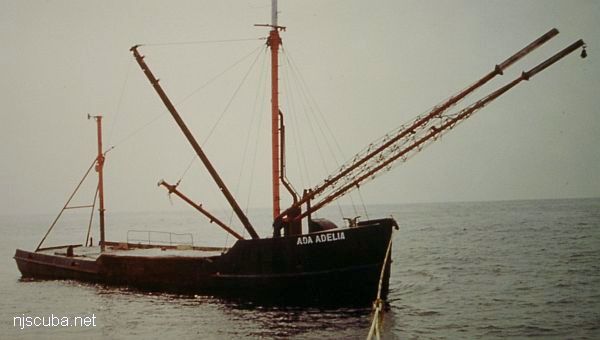u14 - AWOIS 9768
H10224/86-88 -- OPR-C121-WH; SIDE-SCAN SONAR CONTACT. DIVERS DESCRIBE A WRECK SITE 250' X 50' CONTAINING THE REMAINS OF WHAT APPEARED TO BE A WOODEN VESSEL (DECK MACHINERY, 3-FOOT DIA. METAL CYLINDER, LARGE TIMBERS REINFORCED WITH METAL PLATES). LD (PNEUMO) OF 53 FEET. (ENT 5/30/96, SJV)


Questions or Inquiries?
Just want to say Hello? Sign the .